Tubal Sterilization Or Tubal Ligation Entails The Severing Or Blocking Of The
Tubal sterilization or tubal ligation entails the severing or blocking of the. For years it has been noted that tubal sterilization decreased the risk of some types of ovarian cancer by 30 to 50. Decreasing Cancer Risk with Tubal Sterilization. Tubal sterilization or tubal ligation entails the severing or blocking of the.
Tubal ligation is performed in women who definitely want to prevent future pregnancies. OTHER SETS BY THIS CREATOR. Bipolar tubal coagulation.
Purpose Tubal ligation is performed in women who definitely want to prevent future pregnancies. Blocking the fallopian tubes may prevent traveling of the eggs from the ovaries to the uterus and traveling of sperm up the fallopian tubes to the eggs. Tubal ligation is considered a permanent method of sterilization and birth control.
During the tubal ligation the fallopian tubes are cut tied or blocked to prevent pregnancy. Bipolar tubal coagulation is the most popular method of laparoscopic female sterilization in the United States. Tubal Ligation Definition Tubal ligation is a permanent voluntary form of birth control contraception in which a womans Fallopian tubes are surgically cut or blocked off to prevent pregnancy.
Risks include bleeding infection or injury to other organs in your body during the surgery. While tubal ligation also substantially decreases ovarian cancer risk it is slightly less effective than salpingectomy. Tubal ligation is a permanent voluntary form of birth control contraception in which a womans Fallopian tubes are surgically cut or blocked off to prevent pregnancy.
Tubal ligation is the most common form of sterilization as nearly are 700000 performed each year in the US. Tubal ligation or tubectomy also known as having ones tubes tied is a surgical procedure for sterilization in which a womans fallopian tubes are clamped or blocked and sealed either of which prevents eggs from reaching the uterus for implantation. It can be done while a woman recovers from childbirth or as an outpatient procedure under general anesthesia.
With this method of tubal ligation the fallopian tube is grasped between two poles of electrical conducting forceps and electrical current passes through the tube between the two ends of the forceps. It is frequently chosen by women who do not want more children.
Tubal ligation or tubectomy also known as having ones tubes tied is a surgical procedure for sterilization in which a womans fallopian tubes are clamped or blocked and sealed either of which prevents eggs from reaching the uterus for implantation.
Tubal ligation is the most common form of sterilization as nearly are 700000 performed each year in the US. While tubal ligation also substantially decreases ovarian cancer risk it is slightly less effective than salpingectomy. Tubal ligation is permanent and cannot be easily reversed. Minor complications and technical failures appear to be more common with rings than clips. As you may have guessed from the name tubal sterilization involves the uterine tubes. Tubal ligation is performed in women who definitely want to prevent future pregnancies. Decreasing Cancer Risk with Tubal Sterilization. Tubal sterilization involves blocking tying or cutting the uterine tubes. With this method of tubal ligation the fallopian tube is grasped between two poles of electrical conducting forceps and electrical current passes through the tube between the two ends of the forceps.
Tubal sterilization involves blocking tying or cutting the uterine tubes. While tubal ligation also substantially decreases ovarian cancer risk it is slightly less effective than salpingectomy. Tubal sterilisation by partial salpingectomy electrocoagulation or using clips or rings is a safe and effective method of contraception. Bipolar tubal coagulation is the most popular method of laparoscopic female sterilization in the United States. Tubal ligation tubal sterilization or tubes tied is a surgical procedure to block a womans Fallopian tubes. Failure rates at 12 months post-sterilisation and major morbidity are rare outcomes with any of these techniques. Minor complications and technical failures appear to be more common with rings than clips.


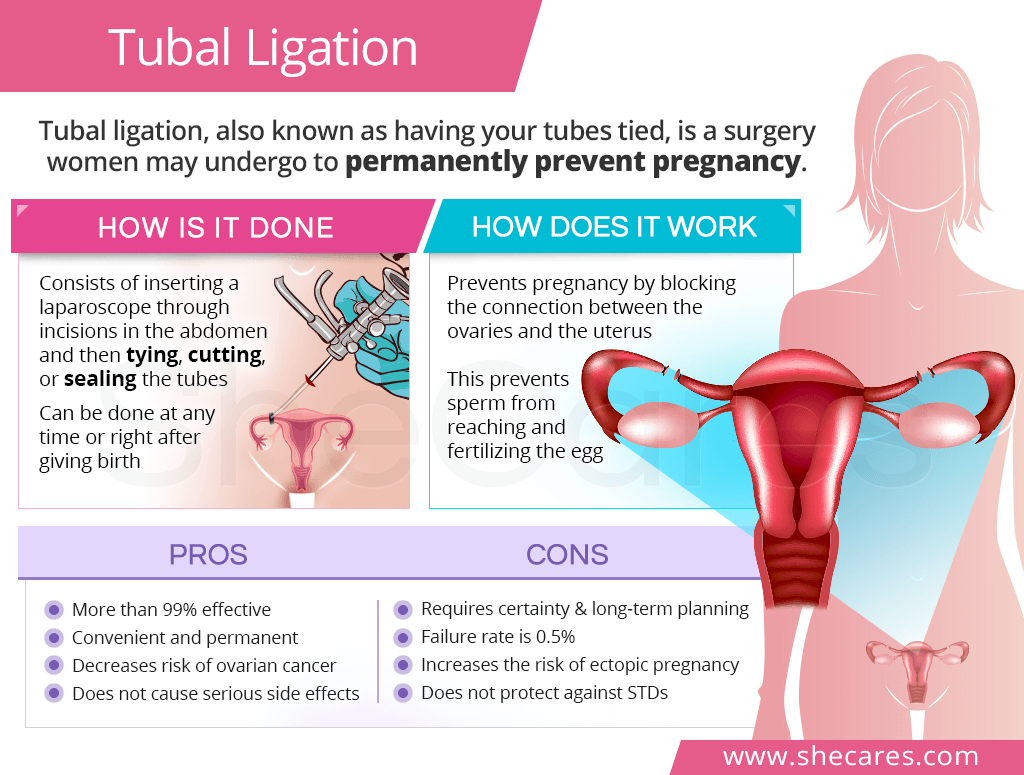






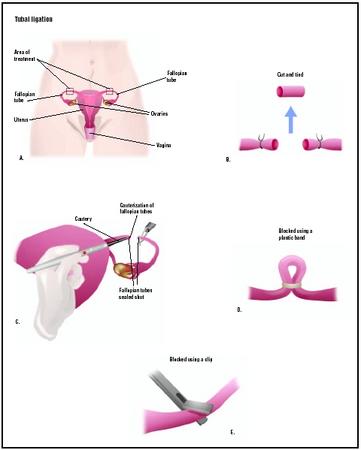








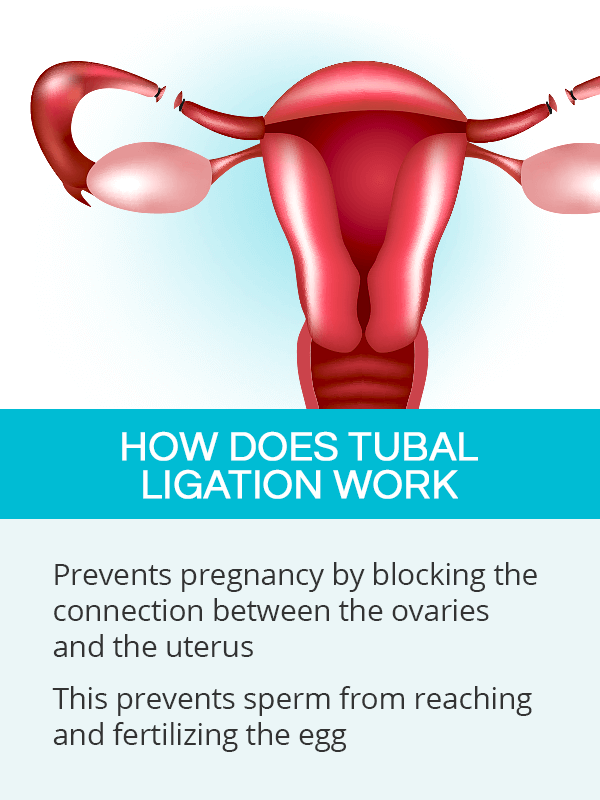
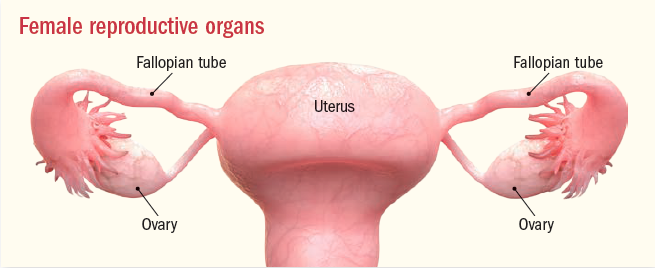

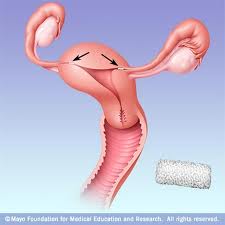




/patient-sitting-on-hospital-bed--rear-view-1178748356-77fd635ce3124d42866ba9de2d954dcf.jpg)


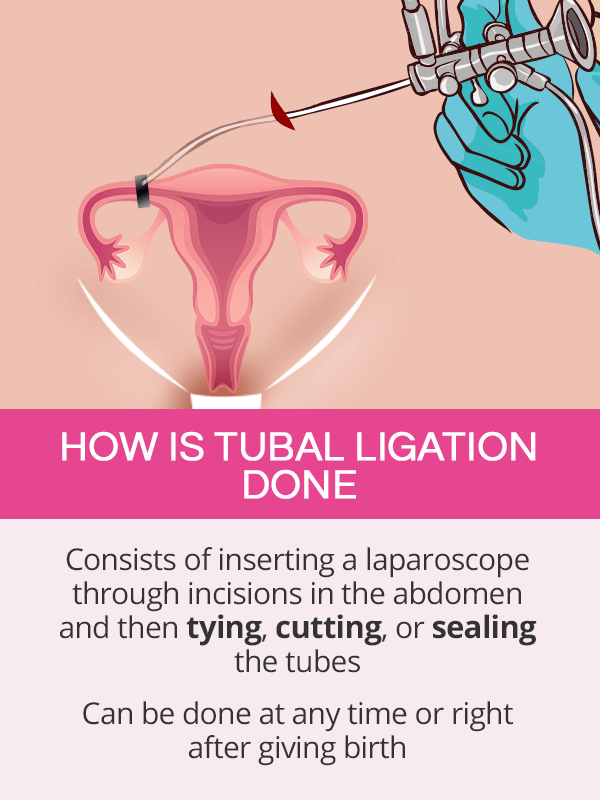







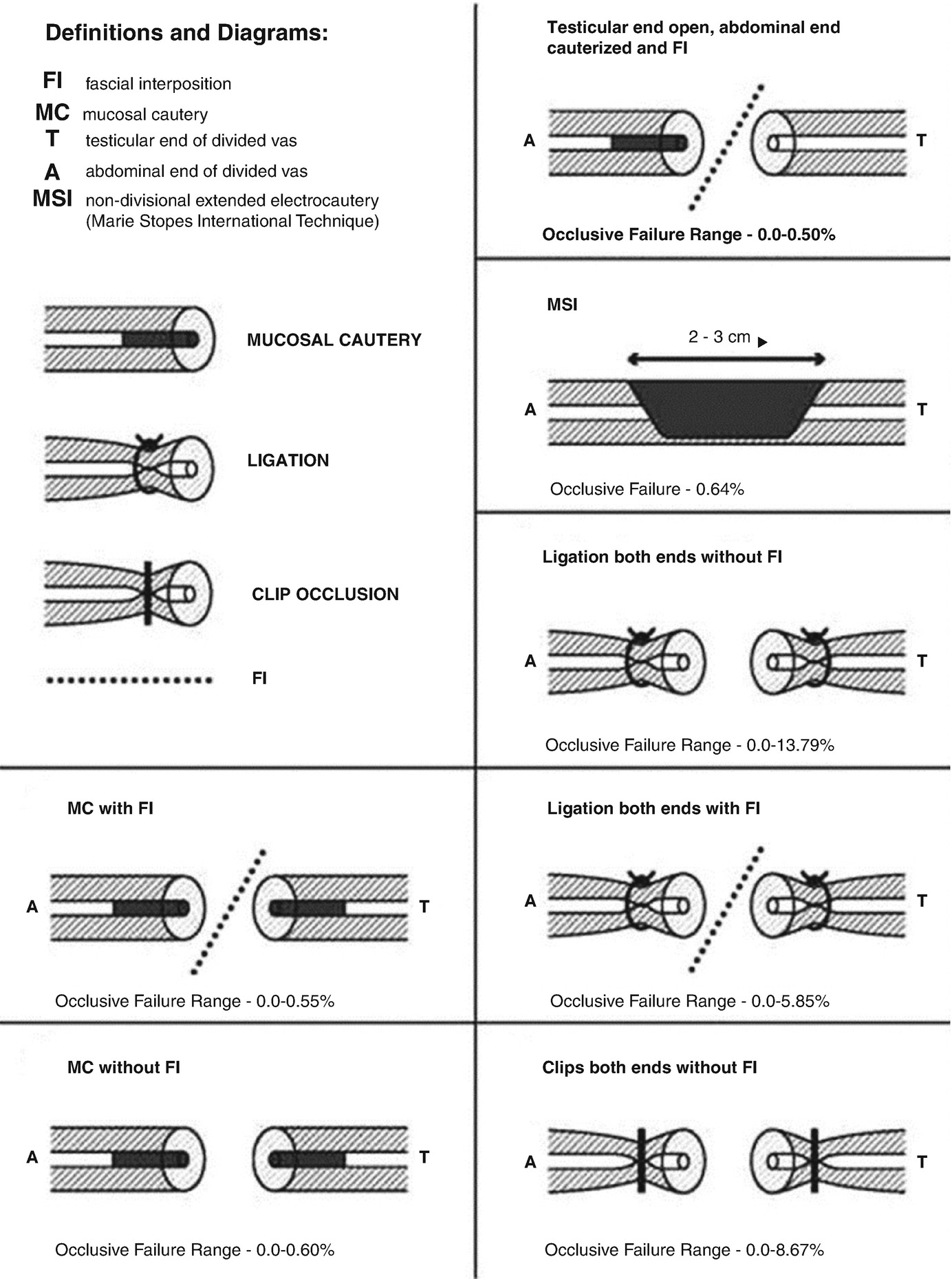




Posting Komentar untuk "Tubal Sterilization Or Tubal Ligation Entails The Severing Or Blocking Of The"